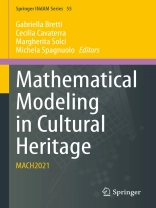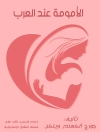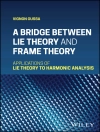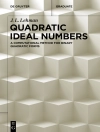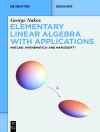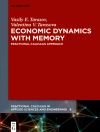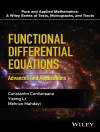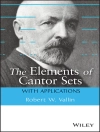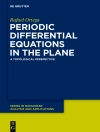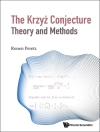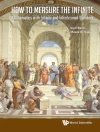This book collects contributions presented at the INd AM Workshop ‘Mathematical modeling and Analysis of degradation and restoration in Cultural Heritage–MACH2021’, held in Rome, Italy in September 2021. The book is focused on mathematical modeling and simulation techniques with the aim of improving the current strategies of conservation and restoration in cultural heritage, sharing different experiences and approaches.
The main topics are corrosion and sulphation of materials, damage and fractures, stress in thermomechanical systems, contact and adhesion problems, and phase transitions.
表中的内容
Chapter 1: Round Table The impact of Covid-19 pandemic on cultural heritage: from fruition to conservation practises.- Chapter 2: Numerical simulation of the Athens 1999 earthquake including simplified models of the Acropolis and the Parthenon: initial results and outlook.- Chapter 3: Randomness in a nonlinear model of sulphation phenomena.- Chapter 4: Automatic description of rubble masonry geometries by machine learning based approach.- Chapter 5: Themes and reflections upon structural analysis in the field of archaeology.- Chapter 6: A model for craquelure: brittle layers on elastic substrates.- Chapter 7: From point clouds to 3D simulations of marble sulfation.- Chapter 8: A semi-analytical approach to approximate chattering time of rocking structures.- Chapter 9: Numerical modelling of historical masonry structures with the finite element code NOSA-ITACA.- Chapter 10: Mathematical Methods for the Shape Analysis and Indexing of Tangible CH artefacts.- Chapter 11: Multiscale carbonation models – a review.- Chapter 12: Forecasting damage and consolidation: mathematical models of reacting flows in porous media.- Chapter 13: Models and mathematical issues in color film restorations.
关于作者
GABRIELLA BRETTI
Gabriella Bretti is a permanent researcher at IAC-CNR. Her actual research interests are focused on modelling and numerics for nonlinear PDEs, flows in heterogeneous media, differential models in mathematical biology and medicine, inverse problems and mathematical models of chemical damage and consolidation of lapideus materials. The mentioned topics imply the application of interdisciplinary methodologies and techniques requiring the integration between mathematics, physics, engineering and chemistry. Her expertise in Cultural Heritage (CH) consists in the development of mathematical models, simulation algorithms and their calibration and validation against laboratory data. From 2018 she is/was involved in regional and national projects for the development of predictive mathematical tools for the conservation of CH: ADAMO and SISMI (DTC project Latium), Pomerium (ESA project) and H2IOSC (PNRR project).
CECILIA CAVATERRA
Cecilia Cavaterra is associate professor of Mathematical Analysis at Università degli Studi di Milano. She got a Ph.D. in Mathematics at Alma Mater Studiorum – Università di Bologna. Her main research interests concern nonlinear partial differential equations, dynamical systems, inverse and control problems. Recently, she studied some models describing the chemical and mechanical degradation of monumental stones in cultural heritage. She was one of the editors of the volume Mathematical Modeling in Cultural Heritage – MACH2019, Springer INd AM Series 41, 2021.
MARGHERITA SOLCI
Margherita Solci is associate professor of Mathematical Analysis at Università degli Studi di Sassari. She got a Ph.D. in Mathematics at Università di Pavia. Her research activity focuses on Calculus of Variations, Gamma-convergence, homogenization, analysis of discrete-to-continuum models via variational convergence. Recently, she worked on evolution problems for structural damage in archaeological buildings. She was one of the editors of the volume Mathematical Modeling in Cultural Heritage – MACH2019, Springer INd AM Series 41, 2021.
MICHELA SPAGNUOLO
Michela Spagnuolo is Research Director and Director of the Institute of Applied Mathematics and Information Technologies ‘E. Magenes ‘(IMATI). Her scientific activity deals with the study and development of geometric and topological methods for the representation, comparison and characterization of surfaces and volumes. Application to Cultural Heritage includes primarily similarity assessment for classification and characterisation of 3D assets. She authored more than 160 peer-reviewed scientific papers, one book on mathematical methods for the shape analysis, and edited several special issues and books on the topics of shape analysis and modelling. She’s currently associate editor of international journals, and chaired several international conferences, including Eurographics 2019, and is member of the steering committee of Eurographics workshop on Graphics and Cultural Heritage. In 2014 she was elected Fellow of EUROGRAPHICS, and serves now as vice-president the same association.
